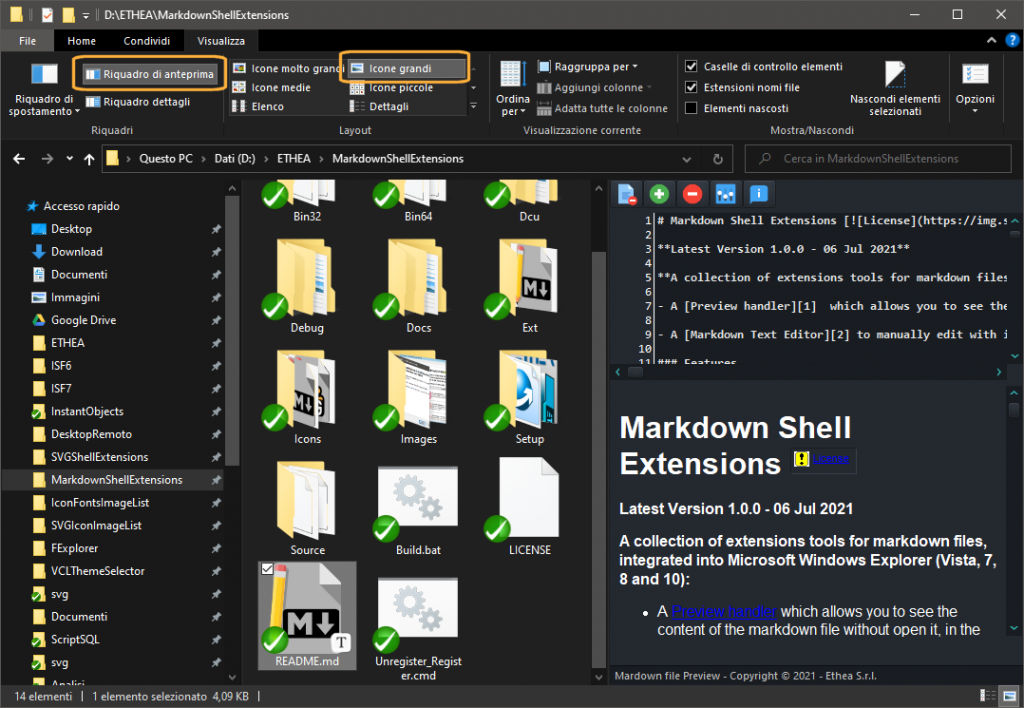

- MACDOWN SHELL HOW TO
- MACDOWN SHELL INSTALL
- MACDOWN SHELL UPDATE
- MACDOWN SHELL CODE
- MACDOWN SHELL SERIES
Start typing a header name to filter down the list and find the header you are after. Use ⌘T (Windows, Linux Ctrl+T) to search through headers across all Markdown files in the current workspace. Press Esc to cancel jumping to the header. Once you've found the header you what, press Enter to move your cursor to it. You can browse through all headers in the file or start typing a header name to find just the one you are after. Use ⇧⌘O (Windows, Linux Ctrl+Shift+O) to quickly jump to a header in the current file. Take a look at User Defined Snippets to find out how. Tip: You can add in your own User Defined Snippets for Markdown. You can also use the dedicated snippet picker by selcting Insert Snippet in the Command Palette.

Press ⌃Space (Windows, Linux Ctrl+Space) (Trigger Suggest) while editing to see a list of suggested Markdown snippets.
MACDOWN SHELL CODE
This includes snippets for code blocks, images, and more. VS Code includes some useful snippets that can speed up writing Markdown. The Outline view is a great way to review your document's header structure and outline. For Markdown files, the symbol tree is the Markdown file's header hierarchy. When expanded, it will show the symbol tree of the currently active editor. The Outline view is a separate section in the bottom of the File Explorer.
MACDOWN SHELL INSTALL
Note: To help get you started with editing Markdown files, you can use the Doc Writer profile template to install useful extensions (spell checker, Markdown linter) and configure appropriate setting values. Besides VS Code's basic editing, there are a number of Markdown specific features that will help you be more productive. Working with Markdown files in Visual Studio Code is simple, straightforward, and fun.

Configure IntelliSense for cross-compiling.This blog post was originally posted on the Voom Flights blog, here. Having a standardized workstation on our pairing machines allows us to set a baseline for the tooling at Voom. By allowing any engineer on the team to make changes to that baseline, we empower our team to contribute improvements, which allows us to ship code faster. When you have complete control over your workstation tooling, you no longer feel limited to using “someone else’s machine” – you are now contributing to the team’s workstation. The importance of a shared workstation comes from pairing every day and rotating machines often. No one engineering workstation is owned solely by one engineer at the office. This makes having a comfortable and familiar and nearly identical setup a requirement for a productive team.Īt Voom, we have a fairly standard Ruby on Rails development set up on macOS. Alongside the web app, we are developing a native iOS app in react-native. Each workstation is identical to reduce surprises and inefficiencies, and to allow engineers to share fixes to common pitfalls when they encounter them.
MACDOWN SHELL HOW TO
Having a tool that everybody knows how to use, troubleshoot, customize, and extend is important to iterating on our team’s workstation.
MACDOWN SHELL SERIES
Want to enable another bash_it plugin, alias, or completion? Simple! Want to install a new plugin in Sublime Text? Add it to the version-controlled json preferences file! Want to install the newest version of Slack? Add it to the list of applications we install! Want to add an alias? Add it to our common alias file that gets copied over every run! The workstation-setup tool is a series of bash scripts that allow a team to manage their workstations in a single git repository, using a language that is familiar to veterans, easy to learn for newcomers, and quick to troubleshoot.
MACDOWN SHELL UPDATE
Want to tweak your shell prompt? A simple change to a single file will customize and update the next time you open a shell. The tool is fairly opinionated about the environment and gives the user recommendations on how to do things and what the standard setup should be. Some of these things I don’t agree with, but most are useful, and in an environment as flexible as your workspace, it’s good to have a bit of structure. Installs popular text editors, code environments, and data stores - Sublime Text, rbenv, ruby 2.5.1, bundler, postgresql, redis.I’ll give you a bit of background as to what we at Voom like, and what we’ve changed. Makes macOS “awesome” - faster key repeat rates, hide / show dock, pins Chrome and iTerm to the dock, customizes the clock in the menu bar.Installs bash_it, a popular shell, and customizes the prompt to assist in git pairing tools.Installs useful applications for development - ShiftIt, Ke圜astr, Dash, Fl圜ut, Postman, MacDown, Slack. Install our currently used version of ruby, node, and any dependencies for the Voom web app or iOS app.Installs custom scripts you want opt-in to, designer tools, docker tools, golang dev tools.


 0 kommentar(er)
0 kommentar(er)
